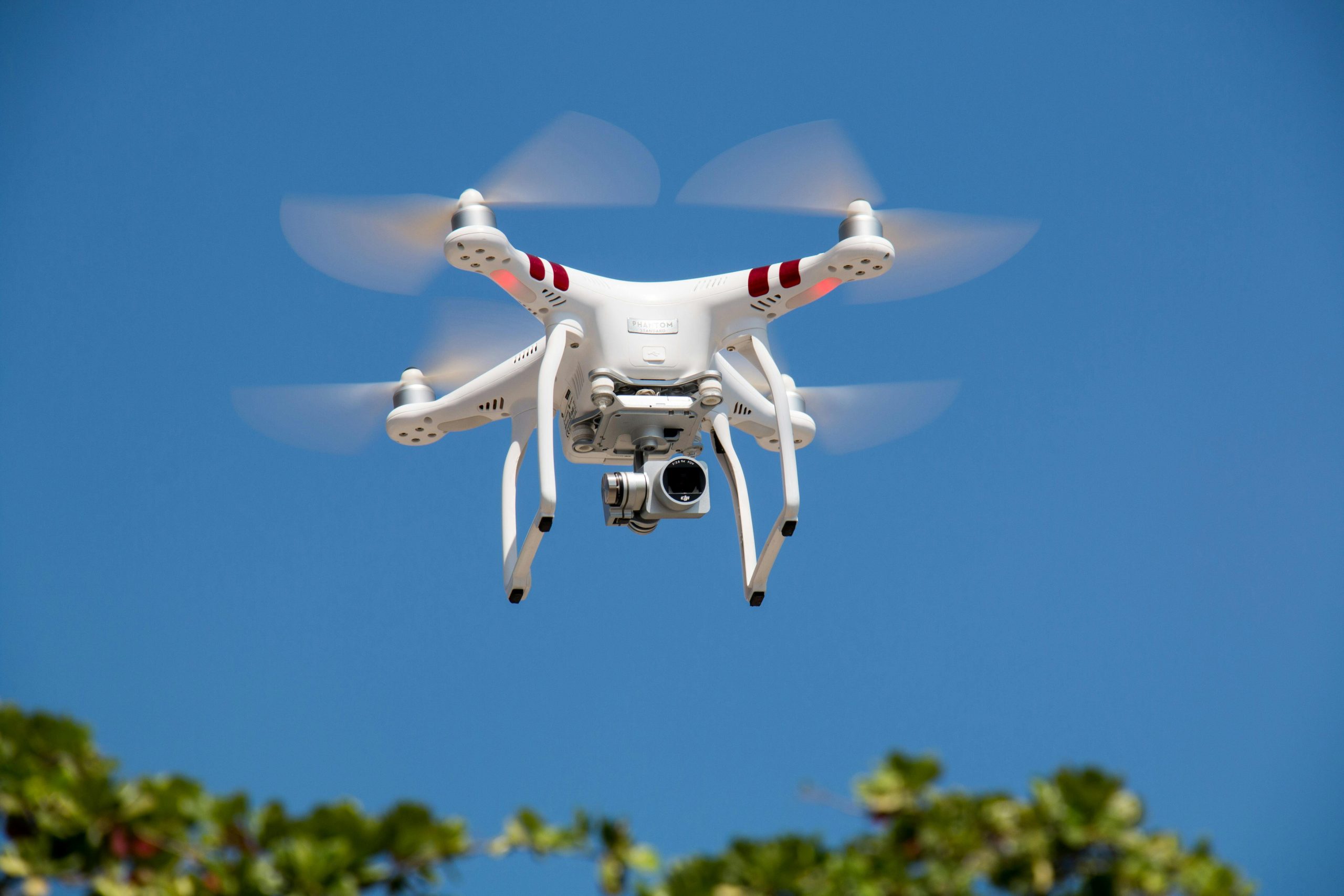Is there a specific sciencey reason for why humans eating was so hard for AI to generate?
Understanding the Challenges AI Faces When Generating Human Eating Behaviors: A Technical Perspective
As artificial intelligence continues to advance rapidly, many users notice fascinating quirks in AI-generated content—particularly in replicating certain human activities. One intriguing example involves AI’s historically limited ability to convincingly depict humans eating food. Early AI-generated videos of celebrities like Will Smith enjoying spaghetti often appeared awkward, surreal, or outright unconvincing.
This raises an important question: Is there a scientific or technical explanation behind why AI has struggled with simulating human eating behaviors? Alternatively, could this be a mere artifact of the early stages of AI development, without a deeper underlying reason?
The complexity of human eating motions involves a nuanced interplay of visual, emotional, and contextual cues. Generating realistic animations or images of this activity requires sophisticated understanding of body language, subtle movements, facial expressions, and environmental factors. Early AI systems primarily relied on limited datasets and lacked the nuanced modeling necessary to accurately depict such intricate actions.
Recent advances in deep learning, especially in computer vision and generative adversarial networks (GANs), have significantly improved AI’s capacity to produce realistic human actions, including eating. Still, challenges remain. For instance, capturing the subtle hand-to-mouth motions, facial expressions, and the interaction between hands and food remains difficult, especially given the limited variety of training data specific to these motions.
In summary, the difficulties AI faced initially with rendering human eating behaviors stemmed from the inherent complexity of the activity and the limitations of early AI models and datasets. As technology evolves and more specialized training data becomes available, the gap between AI-generated and real human behavior continues to close, making such shortcomings less frequent and more refined.
Stay tuned for ongoing developments in AI animation and content generation, as the field rapidly advances toward more convincing and human-like outputs.














Post Comment